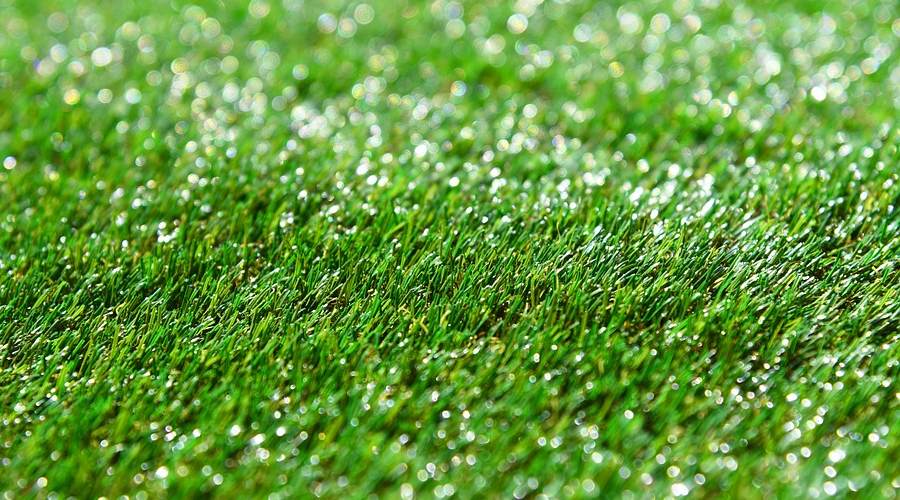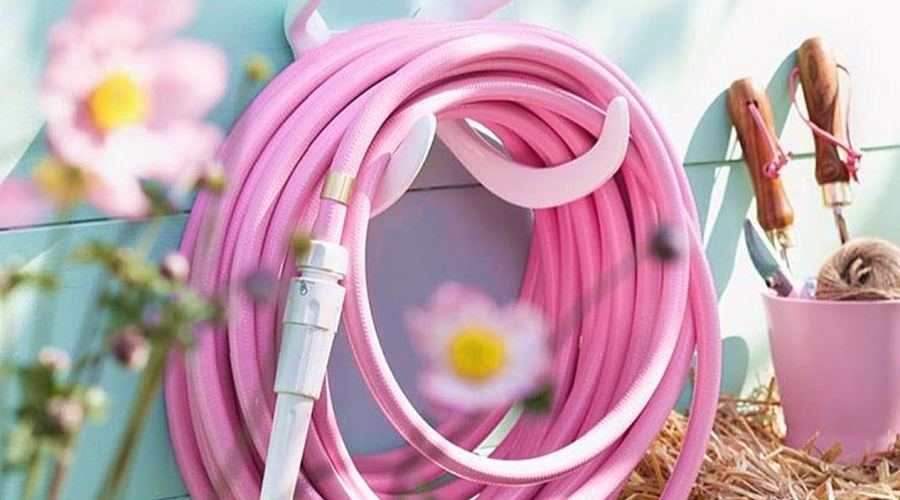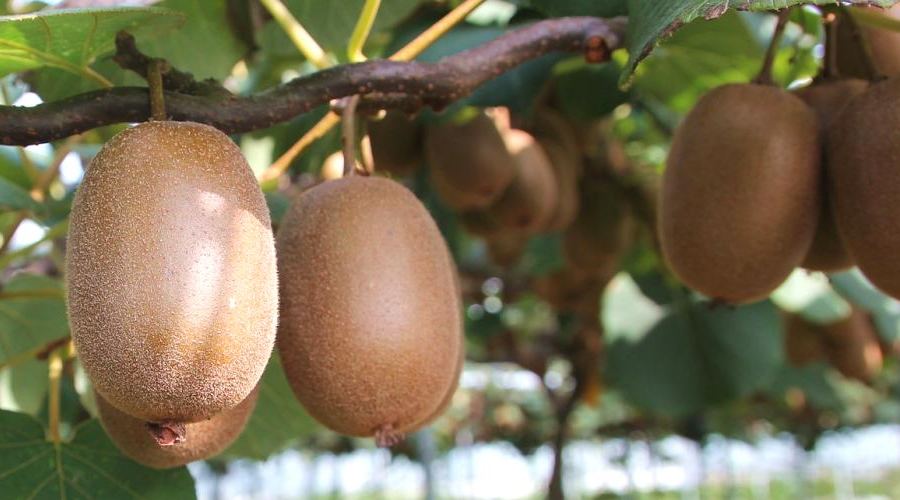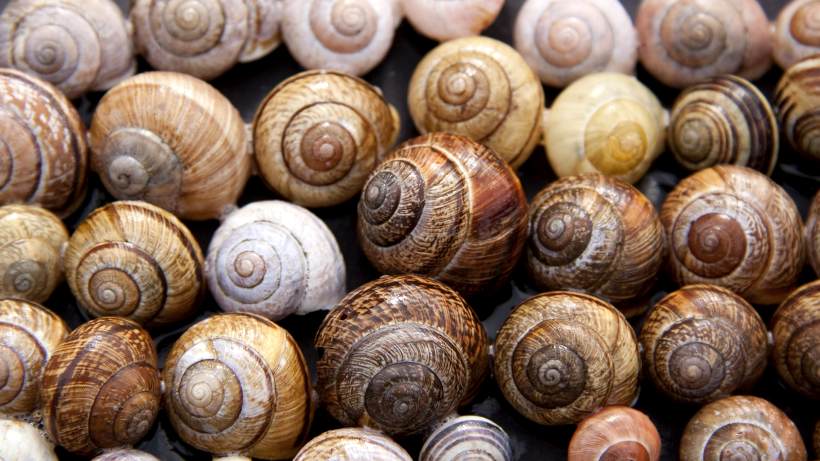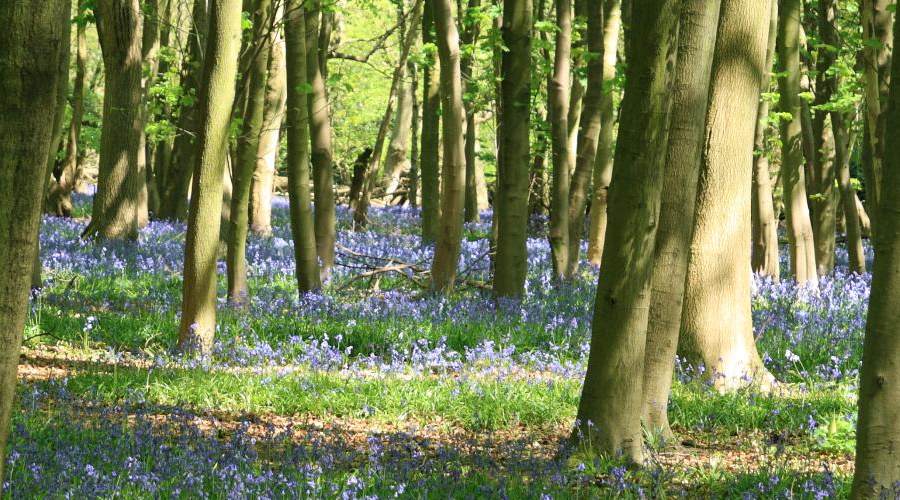Artificial lawn: the grass is always greener
Fake grass has come on a long way since early sports field Astroturf
There are many reasons to consider artificial grass over the real thing:
Low maintenance
Requiring a lot less upkeep than a natural lawn, you just need to remove debris - a leaf rake or garden broom is all you need. You can retire the sprinkler and the lawnmower though.
Artificial grass is permeable so water will soak through and keep it clean in the process. You can also use a mild detergent to clean if you need to. You can even buy specialist artificial grass treatments which will clean and protect.
Cleaner
No muddy paws, footprints or children! Safer for them to play on too. Softer and springier than the real thing with more bounce.
Consistent Look
Whatever the weather, your artificial lawn will always look pristine thanks to its precision factory engineering. Artificial grass is usually guaranteed for up to 10 years (depends on the manufacturer).
Types
There are many style of grass now available and at various price levels. There are a few technical differences to be aware of that distinguish the different types available.
Short 20mm pile can give the effect of freshly mowed, manicured lawn, while longer and thicker pile of up to 40mm can give a more natural, denser look. Shorter pile tends to be the cheapest and less bouncy or springy than the thicker stuff.
The shape of the yarns, as the blades are called, can vary too, with different levels of softness and bounce-back. The yarns per square metre is a measurement of how dense it is. Higher amounts will give a thicker, fuller appearance. Again, cheaper grasses tend to have fewer yarns.
For a more realistic effect, the grass is usually coloured with several shades of green and perhaps some subtle yellow too. The overall effect can range from light green to a darker, more rustic green. Artificial grass is usually treated to protect against UV damage so it won't fade or discolour over time.
Installation overview
Artificial grass is laid on a bed of compacted sharp stand, with a weed membrane directly below the grass.
Artificial grass is normally supplied as rolls - 2 or 4 metres wide. It is easy to cut to shape but you need to be careful when joining lengths together.
Unlike natural grass which will grow over and merge over time, it is important to butt edges together and ensure that grass on both pieces runs the same way. Backing tape is applied underneath the join. Finally, ground pins are used every so often around the edges to secure in place.
Temporary use
Grass can be laid on a flat surface such as concrete, patio or even a flat roof. It will stay flat under its own weight though you may want to use heavy objects such as a bench or planter if strong winds are forecast.
You can also use adhesive or a staple gun to fix artificial grass to wooden decking.
Where to buy
Greenfingers offers a wide range of artificial grass at different prices levels and styles.

